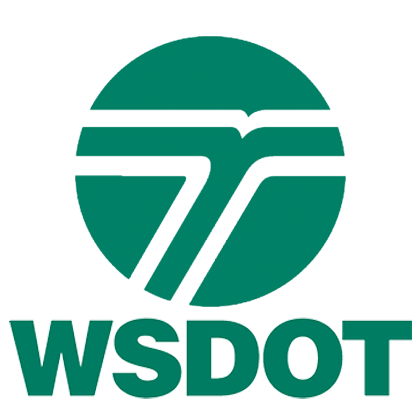Overview
Traffic signs are critical assets for roadway and infrastructure management. They are also in a great variety and different conditions. According to the asset management plan proposed by US DOT, the research team proposes a cost-effective approach to build a traffic sign data inventory using open street images. The system consists of three sub-systems. Firstly, the data collection system can capture the real – time open street image data along with the associated information . Secondly, the team will train a traffic sign detection and recognition model to extract the information from original images. Finally, the data storage system will store the recognition results as well as associate information into the database.
The expected results and products of the proposed research will develop algorithms, software and a sample data inventory that are implementable and support asset management related decision making. Specifically, the proposed research will develop machine learning based traffic sign detection algorithms that run on the online open street imagery.
Research Objectives
With the objective to develop a cost-effective approach for traffic sign detection using open street visual data, the potential value of the traffic sign inventory created by the proposed technology can be summarized into three aspects:
- The outcome can support asset management plan with respect to life cycle planning, performance measurement, risk consideration, and investment strategies for much higher efficiency
- This approach is expected to automate the traffic sign detection process using open street data. The automation of the process saves labor for manual labeling and make the process more efficient.
- 3)Outcomes of the project can address the equity goals by sharing the information with all road users. In rural areas, including the Rural, Isolated, Tribal, or Indigenous (RITI) communities, often do not have as much information about the distributions and conditions of their assets as urban areas, leaving them as black holes when making informed decisions.






